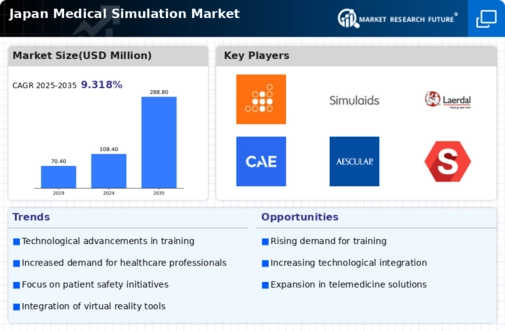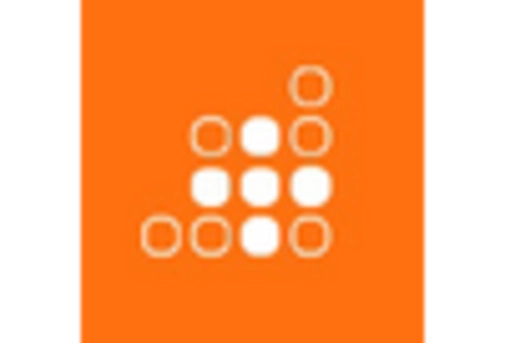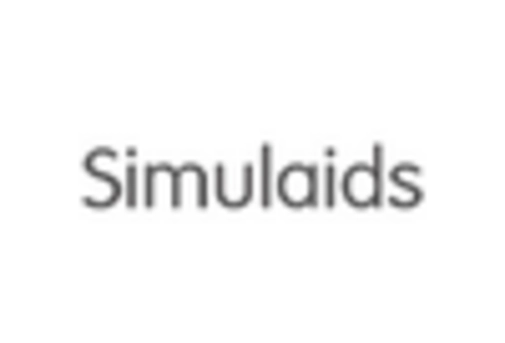Increased Focus on Patient Safety
The medical simulation market in Japan is increasingly influenced by a heightened focus on patient safety. As healthcare providers strive to minimize errors and improve outcomes, simulation training emerges as a vital tool for enhancing clinical skills and decision-making. This emphasis on safety is reflected in the growing adoption of simulation-based assessments in hospitals and clinics. By 2025, it is anticipated that 70% of healthcare facilities in Japan will implement simulation training programs to ensure their staff is adequately prepared for high-stakes situations. This trend underscores the importance of continuous education and training in maintaining high standards of care. As a result, the medical simulation market is likely to see significant growth, driven by the demand for effective training solutions that prioritize patient safety.
Government Support for Medical Education
Government support for medical education in Japan plays a pivotal role in shaping the medical simulation market. Initiatives aimed at enhancing healthcare training and education are increasingly being prioritized, with funding allocated to develop simulation centers and resources. In 2025, government investments in medical education are projected to exceed $100 million, reflecting a commitment to improving healthcare outcomes through better training. This support not only facilitates the establishment of state-of-the-art simulation facilities but also encourages collaboration between educational institutions and healthcare providers. As a result, the medical simulation market is expected to benefit from increased funding and resources, fostering innovation and growth in training methodologies.
Rising Demand for Healthcare Professionals
The medical simulation market in Japan experiences a notable surge in demand for healthcare professionals, driven by an aging population and increasing healthcare needs. As the population ages, the necessity for skilled healthcare workers intensifies, prompting educational institutions to adopt advanced training methodologies. Medical simulation provides a safe and controlled environment for training, allowing practitioners to hone their skills without risking patient safety. In 2025, the market is projected to grow at a CAGR of approximately 15%, reflecting the urgent need for effective training solutions. This growth is indicative of a broader trend within the healthcare sector, where the emphasis on quality care and patient safety is paramount. Consequently, the medical simulation market is positioned to play a crucial role in addressing these challenges by equipping healthcare professionals with the necessary skills and competencies.
Technological Innovations in Simulation Tools
Technological innovations are significantly impacting the medical simulation market in Japan. The development of advanced simulation tools, such as virtual reality (VR) and augmented reality (AR), is enhancing the realism and effectiveness of training programs. These technologies allow for immersive experiences that can replicate complex medical scenarios, thereby improving the learning outcomes for healthcare professionals. In 2025, the market for VR and AR in medical training is expected to reach approximately $200 million, reflecting a growing investment in cutting-edge educational tools. This trend indicates a shift towards more interactive and engaging training methods, which are essential for developing the skills required in modern healthcare settings. Consequently, the medical simulation market is poised for substantial growth as these technologies become more widely adopted.
Integration of Simulation in Medical Curriculum
The integration of simulation-based training into medical curricula is transforming the educational landscape in Japan. Educational institutions are increasingly recognizing the value of medical simulation as an essential component of training programs. This shift is driven by the need to enhance the practical skills of students and ensure they are well-prepared for real-world clinical scenarios. In 2025, it is estimated that over 60% of medical schools in Japan will incorporate simulation training into their programs. This trend not only improves the quality of education but also aligns with the evolving expectations of healthcare employers. As a result, the medical simulation market is likely to expand, providing innovative solutions that cater to the educational needs of future healthcare professionals.

















Leave a Comment